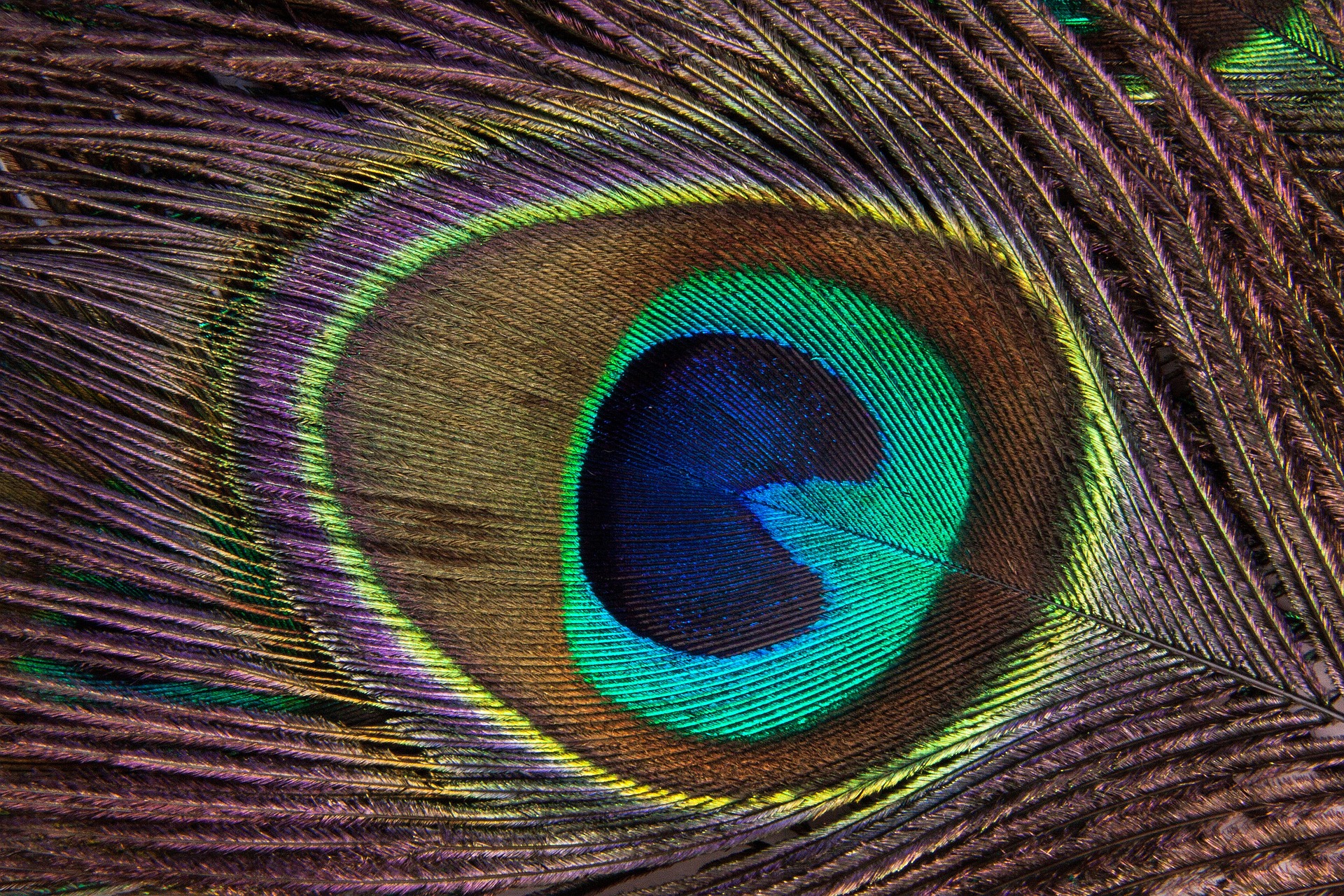Colourful cellulose: The Empa logo 3D-printed from the new HPC mixture changes color when it gets warmer. (Credit: Empa)
Swiss based material science and technology laboratory Empa has developed a novel material that can be used to 3D print biodegradable sensors and displays. The cellulose-based material is an elastic substance that is able to change color and conduct electricity. Bio-displays made from this cellulose mixture material mimic a natural phenomenon called structural coloring in order to shimmer in different colors. The mixture of hydroxpropyl cellulose with water allows carbon nanotubes and cellulose nanofibrils to change color when heated or stretched. According to the article on Empa’s webpage, “The researchers started with hydroxypropyl cellulose (HPC), which is commonly used as an excipient in pharmaceuticals, cosmetics and foodstuffs, among other things. When mixed with water HPC is known to form liquid crystals. These crystals have a remarkable property: Depending on their structure – which itself depends on the concentration of HPC, among other things – they shimmer in different colors, although they themselves have no color or pigment. This phenomenon is called structural coloring and is known to occur in nature: Peacock feathers, butterfly wings and chameleon skin get all or part of their brilliant coloration not from pigments, but from microscopic structures that "split" the (white) daylight into spectral colors and reflect only the wavelengths for specific colors.”
“Our lab has already developed different disposable electronic components based on cellulose, such as batteries and sensors,” says Xavier Aeby, co-author of the study. “This is the first time we were able to develop a cellulose-based display.”
The chameleon effect: Iridescent 3D ink from cellulose










